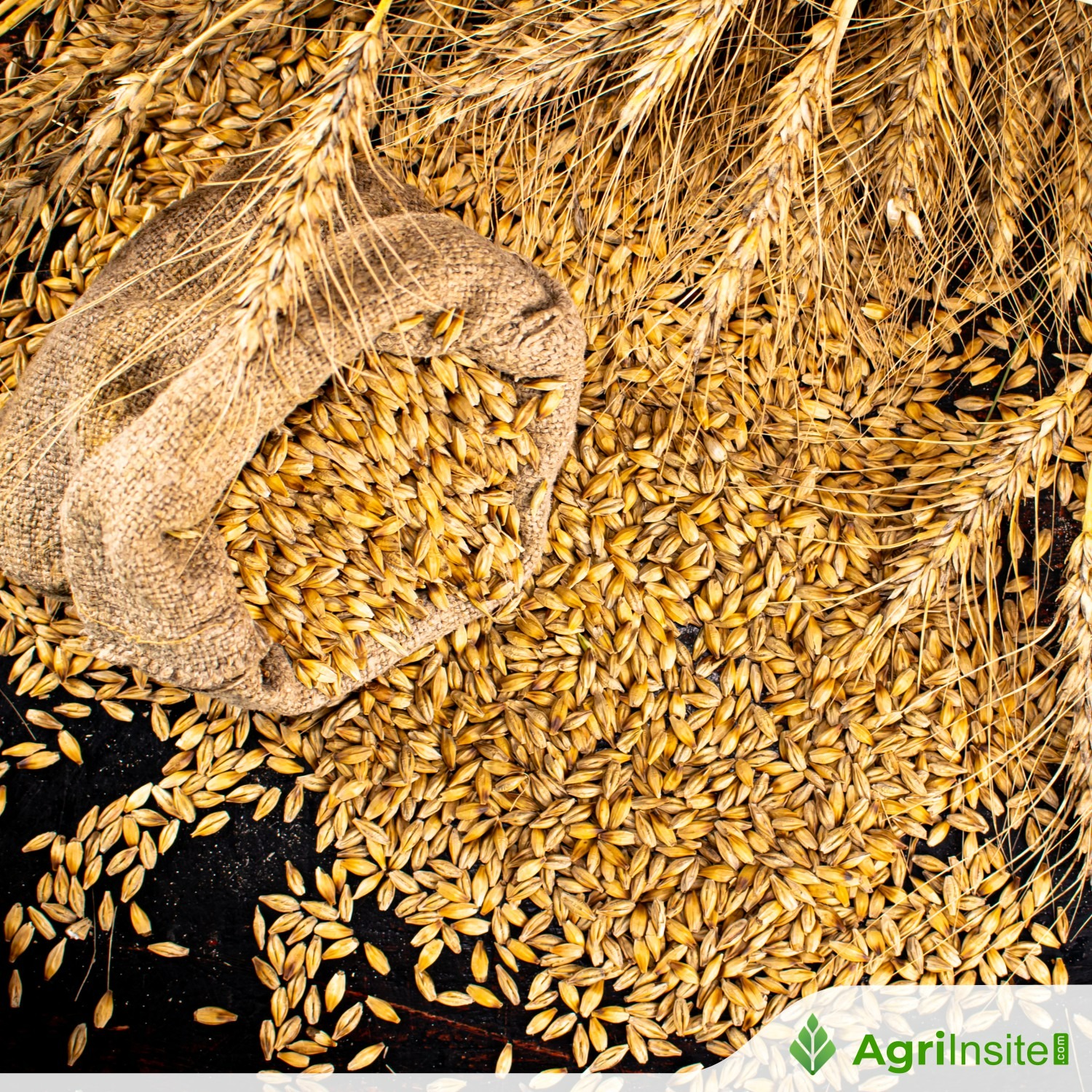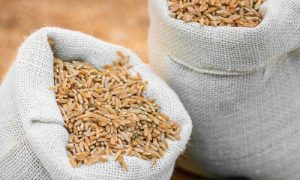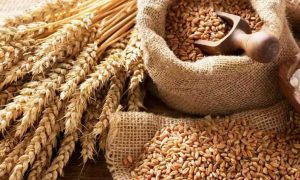Iran to reduce wheat imports in 2025/26

Iran is expected to cut wheat imports to about 2 million tonnes in 2025/26 due to large stocks, but drought, low irrigation reserves and high input costs threaten 2026 output. Wheat and cereal production remain below average, while rice stays stable. Domestic wheat flour and rice prices continue to rise sharply despite subsidies.
Iran is set to significantly cut wheat imports in the 2025/26 marketing year thanks to substantial carryover stocks accumulated after the strong 2024 harvest. According to the latest GIEWS FAO update, wheat import requirements are forecast at about 2 million tonnes, less than half of the five-year average. The continuation of a preferential exchange rate for essential food imports is also helping to curb price pressures on key commodities, including wheat.
However, production prospects for 2026 are a growing concern. Planting of winter wheat, which runs from September to mid-November, has been hindered by persistent dry weather and limited irrigation water reserves. As most cereals in Iran are rainfed, the agricultural sector remains highly vulnerable to rainfall deficits. Farmers are also facing high input costs for seeds and fertilizers, while frequent power outages restrict access to irrigation, particularly in major producing regions such as Khuzestan.
FAO estimates total cereal production in 2025 at around 20 million tonnes, nearly 10 percent below the five-year average. Wheat output is expected to reach 12.5 million tonnes, about 12 percent below average, due to prolonged drought, low temperatures during critical growth stages, and energy supply disruptions. These factors combined have resulted in reduced yields across key agricultural zones.
Despite these challenges, rice production remained near average at 3.8 million tonnes, as an expansion of planted area helped offset the negative effects of limited irrigation water availability. This stability in rice output has provided some support to the country’s overall grain balance.
Domestic cereal prices, however, increased sharply in 2025. Retail wheat flour prices in Tehran remained stable for four consecutive months thanks to government subsidies but were still about 50 percent higher year-on-year, following subsidy reductions for bakeries in June. Rice prices continued to surge throughout the year, reaching record highs in October 2025 — more than three times higher than in the same month of 2024 — underscoring rising inflationary pressure in the country’s food market.
To Read more about Wheat News continue reading Agriinsite.com
Source : Ukr Agro Consult
















